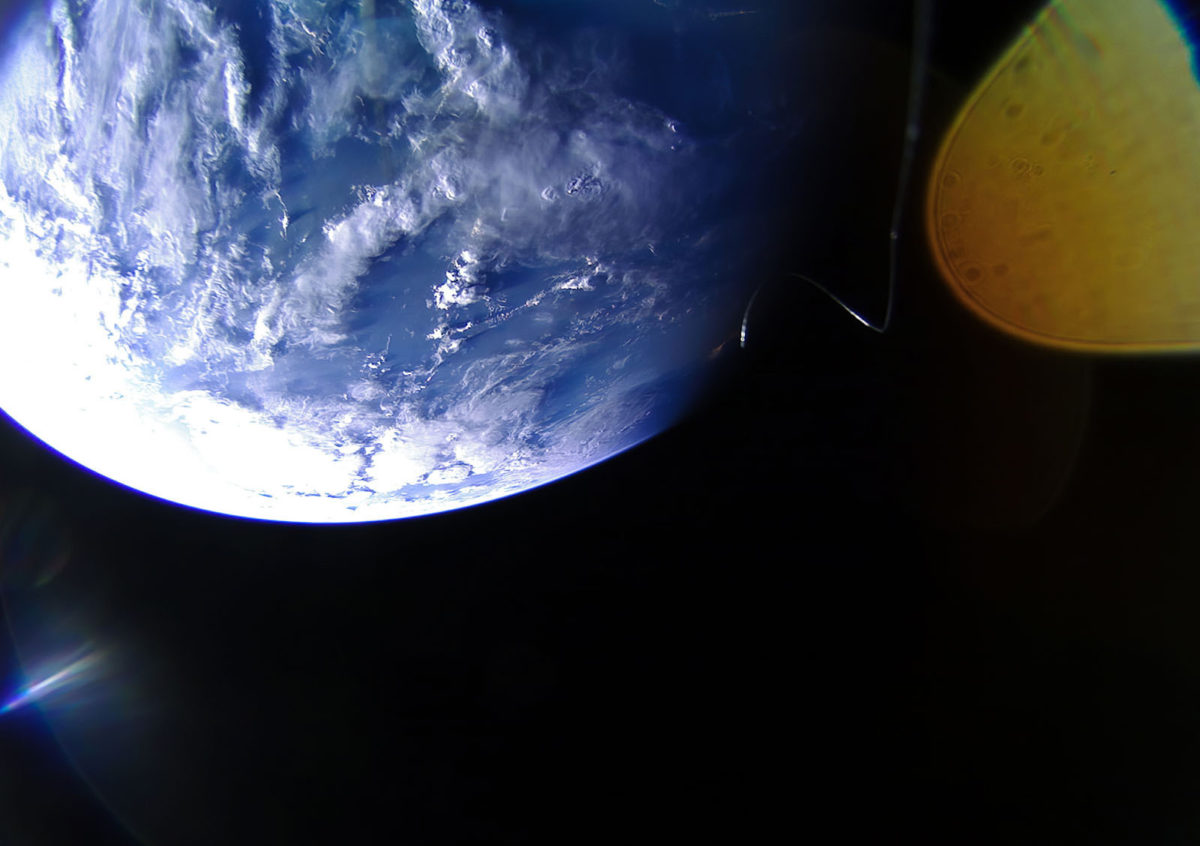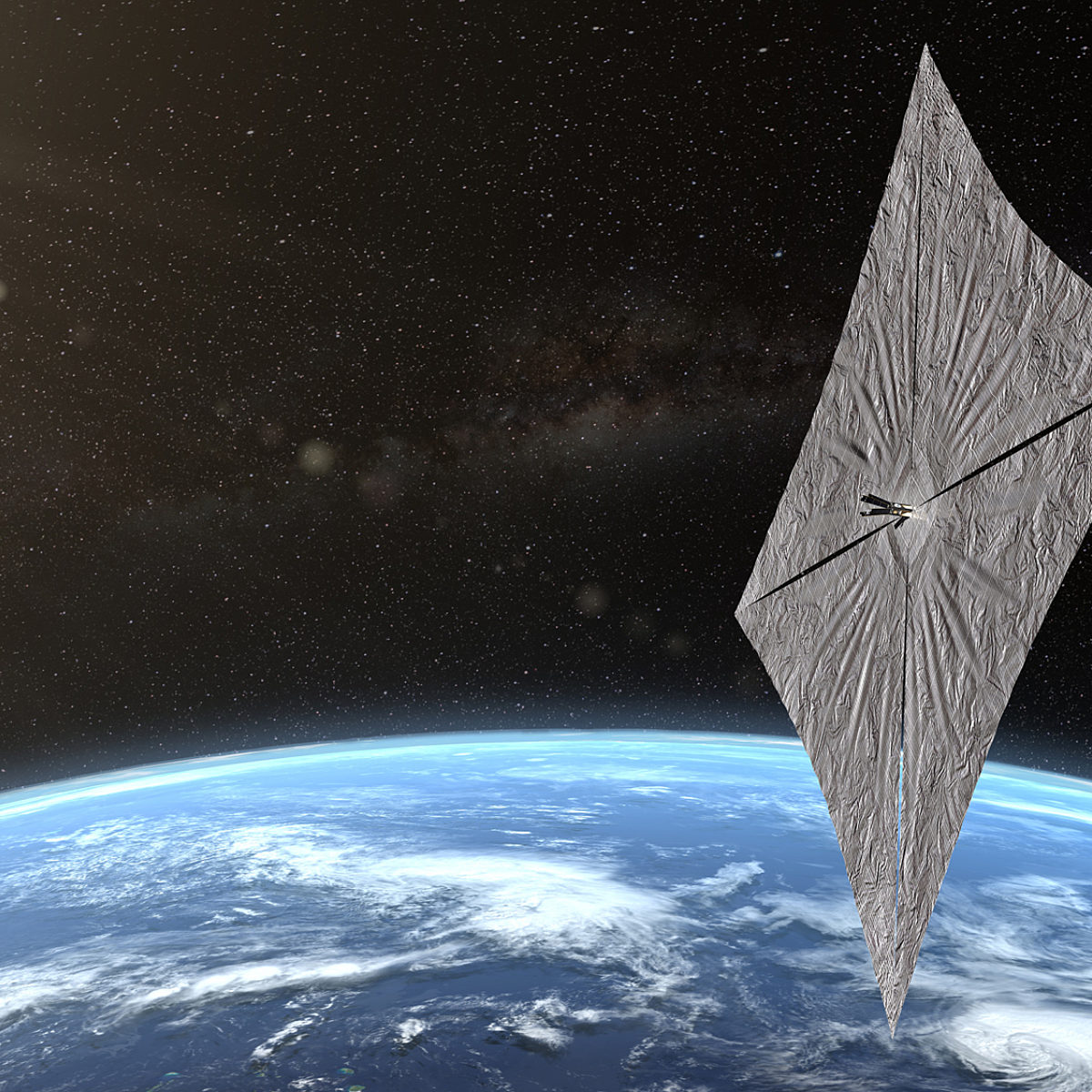Jason Davis • Jul 09, 2019
LightSail 2 Team to Conduct More Testing before Sail Deployment
The LightSail 2 mission team has delayed deployment of the spacecraft’s solar sail until at least 21 July 2019 to conduct additional attitude control system testing and potentially update the spacecraft’s flight software. LightSail 2 remains stable and healthy in orbit, and returned another picture to mission control at Cal Poly San Luis Obispo in California.

LightSail, a Planetary Society solar sail spacecraft
LightSail is a citizen-funded project from The Planetary Society to send a small spacecraft, propelled solely by sunlight, to Earth orbit.
Communications with the spacecraft have improved thanks to new tracking information provided by the U.S. Air Force. During ground passes Monday, the mission team worked to refine the operation of the spacecraft’s electromagnetic torque rods, which turn the spacecraft around each of its three axes, and investigated a difference in readings from two magnetometers.
During additional tests, flight controllers saw unexpected results from the spacecraft’s attitude control system, which is essential for orienting LightSail 2 during solar sailing. The team will spend the next several days comparing in-flight sensor readings with ground test data, reviewing the spacecraft’s attitude control system algorithm, and potentially updating the flight software.
“We want to take some of the time pressure off the team and make sure that they can methodically address the problems that have been uncovered,” said LightSail 2 mission manager Dave Spencer. “Accurate attitude control is critical for the success of the mission, and we are going to take the time to get it right and verify proper functionality before deploying the sail.”
With its solar sail stowed, LightSail 2 will remain stable in its current orbit. Once the sail is out, increased atmospheric drag will limit to about 1 month the time the spacecraft can raise its orbit. Therefore it is critical that the attitude control system is working as expected prior to sail deployment.
“The spacecraft is healthy and we have every expectation that we’ll be able to resolve this issue,” said LightSail program manager and Planetary Society chief scientist Bruce Betts. “Our members and backers have waited a long time to see this project come to fruition, and we want to make sure we maximize our chances for success.”
The spacecraft continues to communicate with all four of its ground stations at Cal Poly San Luis Obispo, Georgia Tech, Purdue University, and Kauai Community College. To see live data from the spacecraft, visit our LightSail 2 mission control page.
Let’s Go Beyond The Horizon
Every success in space exploration is the result of the community of space enthusiasts, like you, who believe it is important. You can help usher in the next great era of space exploration with your gift today.
Donate Today

 Explore Worlds
Explore Worlds Find Life
Find Life Defend Earth
Defend Earth


